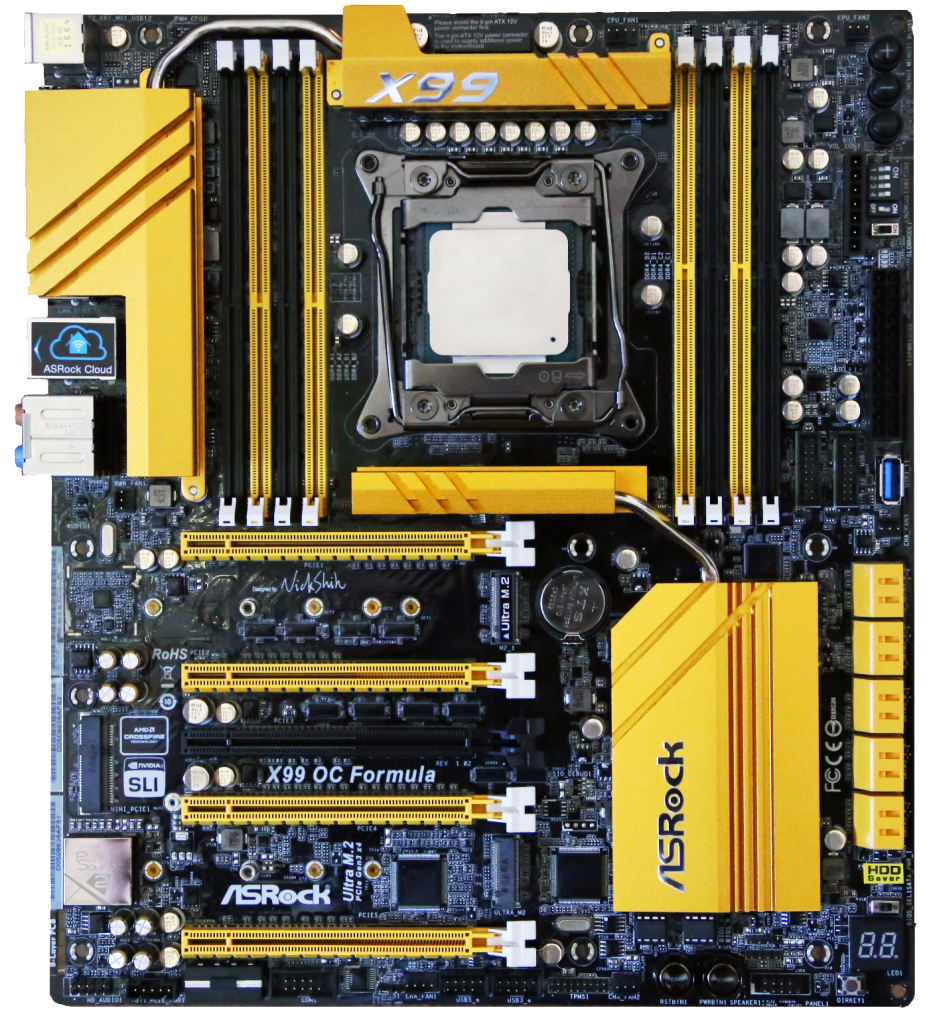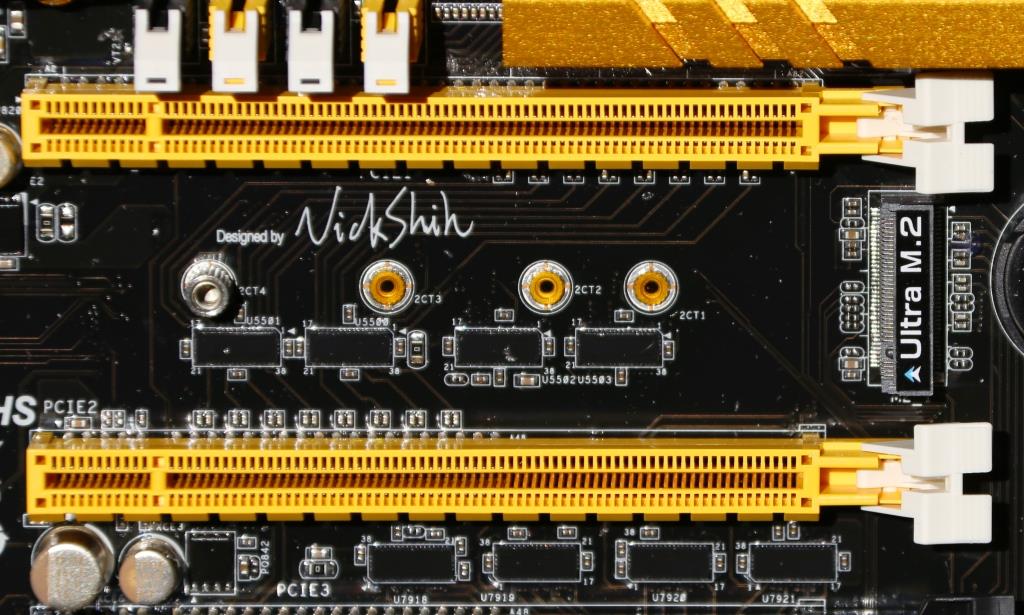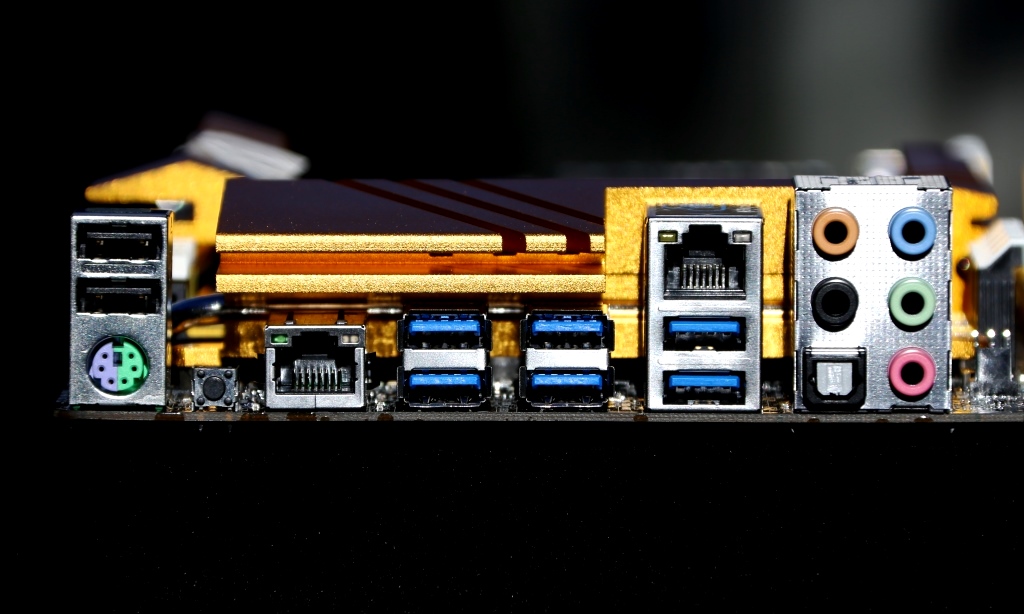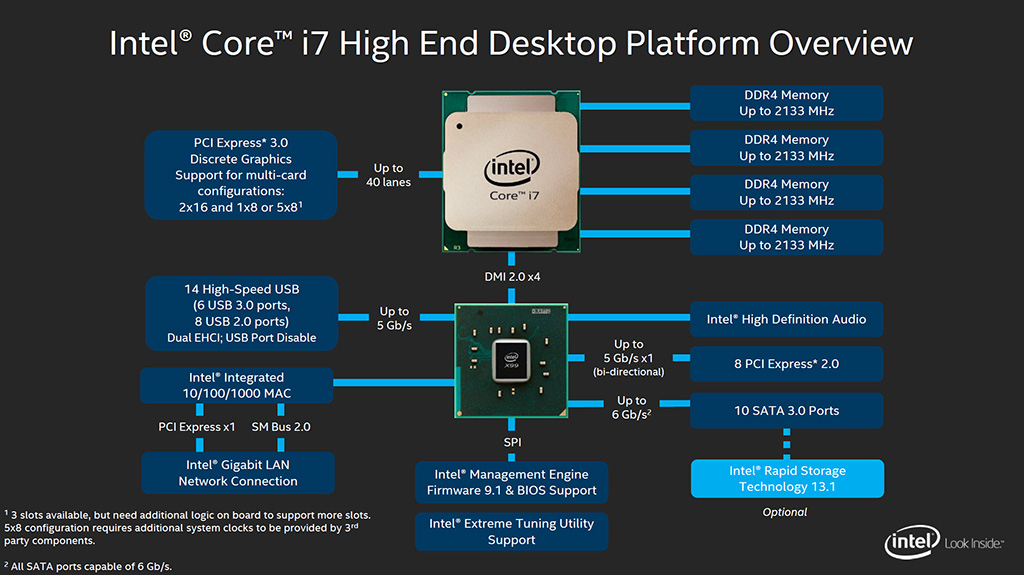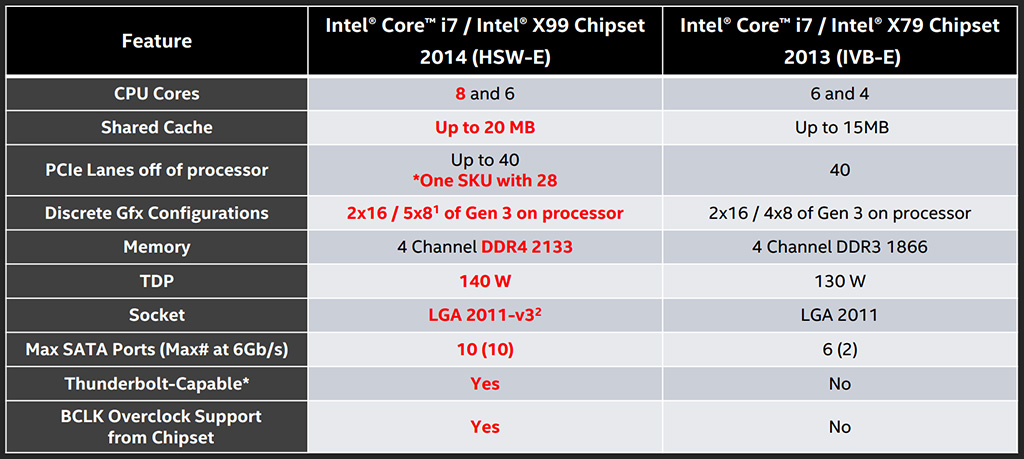In the past, overclocking has been seen as sort of “hacking” your hardware to run outside of the manufacturer’s specifications. This type of behavior would have been against the manufacturer’s wishes and likely void your warranty. However, today we live in a world of overclocking competitions and world records. Many of the very same companies that would have forbidden it in the past, now not only endorse it by sponsoring competitive teams, but design hardware tailored specifically to overclocking enthusiasts. This brings us to this report’s subject, the ASRock X99 OC Formula; a motherboard designed by top overclocker Nick Shih, who currently holds the world record for overclocking the Intel Core i7 5960X to a previously unheard of 6620.73 MHz, on this very motherboard.
Along with extreme overclocking support, the X99 OC Formula features a slew of other enthusiasts features that we will detail in today’s report. Let’s get to it!
SPECIFICATIONS AND PRICING
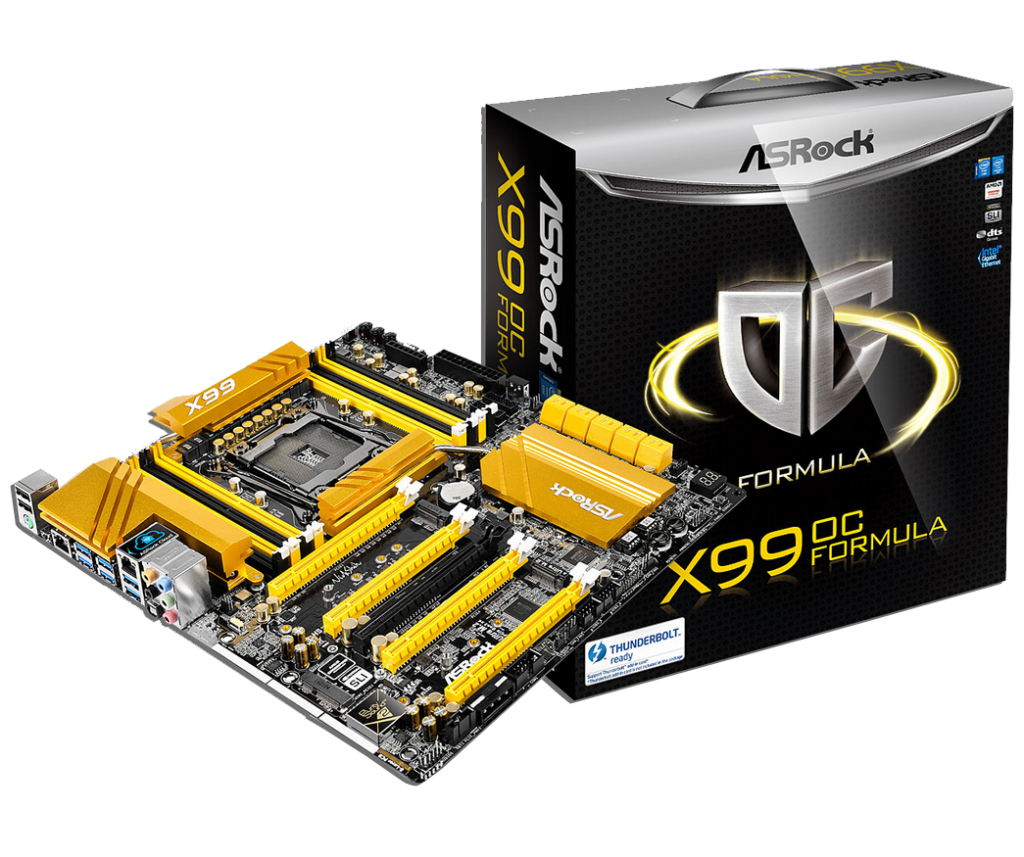 ASRock’s OC Formula line is aimed at high-end overclocking enthusiasts, as such they usually retain fairly high-end pricing. The X99 OC Formula is no exception, Currently priced in the $400 area, it is definitely not cheap, however, that isn’t to say it is overpriced either. You get a lot for your money here.
ASRock’s OC Formula line is aimed at high-end overclocking enthusiasts, as such they usually retain fairly high-end pricing. The X99 OC Formula is no exception, Currently priced in the $400 area, it is definitely not cheap, however, that isn’t to say it is overpriced either. You get a lot for your money here.
The motherboard features an eATX (Extended ATX) form-factor, sapphire black PCB with yellow and black accents. It is stunning to look at and the yellow accenting definitely screams ‘high performance’. It is reminiscent of an Italian sports-car, which is probably what they were going for.
It also features a Conformal Coating which will help prevent damage in the event of water-cooling leaks. It is not entirely water-proof, as the pins must remain conductive, thus are not coated, but it is still a nice addition that is likely to save many users from complete system loss.
To go with those high performance looks, ASRock includes a plethora of high performance and high quality components including all Japanese made 12k platinum capacitors by Nichicon, a premium 60A power choke, Ultra Dual-N MOSFET, as well as a 12-phase power design with an astronomically high support for up to 1300 watts. All of this is cooled by ASRock’s XXL aluminum alloy heatsinks, which promise to “dramatically take away heat”.
On the board, there are dedicated switches for turning off each of the 4 PCI-E slots, as well as switches for turning on “LN2 mode” and “Slow Mode”, the latter of which will force your CPU to operate at it’s lowest frequency. There are also OC turning buttons that allow you to quickly add or reduce core frequency while overclocking. All of this makes the OC Formula a definitive option for overclocking enthusiasts.
That’s not to say that this board doesn’t offer anything for non-overclockers. It has all of the features you’d expect in a high-end X99 motherboard, and then some, including support for up to 4-way SLI and CrossFireX graphics configurations, with 5 PCI-E x16 3.0 slots and 1 half mini PCI-E slot. The motherboard also features two M.2 slots for SSDs, one of which is labeled as “Ultra M.2” and runs off of x4 PCI-E 3.0, the other is the standard PCI-E x4 2.0 and SATA3 (6.0 Gbps), the former substitutes the SATA Express port that is commonly found on other X99 boards.
As well, there are the standard 10x SATA3 ports, 11 total USB 3.0 ports; 6 rear, up to 4 front provided by two headers and 1 on the board itself that is only accessible from the inside of the system. There are also 6 USB 2.0 ports, 2 rear and 4 provided by two headers. The board also features dual Gigabit LAN provided by one Intel Gigabit port and one Qualcomm Atheros port.
Around back, ther are audio in/outputs complete with a coaxial output, a legacy PS/2 port that works with either a mouse or a keyboard, and a small button dedicated to clearing the CMOS.
The ASRock OC Formula also comes with ASRock’s Purity Sound 2 which is a combination of a Realtek ALC1150 audio codec, a TI NE5532 headphone amplifier and differential amplifier, which supports headphones up to 600 ohm, and EMI and PCB isolated shielding which promises to “Reduce EMI and block noises from on-board components”. All of this should make for the best on-board sound you can get, how it compares to dedicated solutions is questionable.
X99 PLATFORM OVERVIEW
The X99 platform features a revision of the older LGA2011 and this means that backward compatibility with older 3xxx and 4xxx CPUs isl not be possible. This is because Haswell-E (5xxx) CPUs and the x99 chipset is the first desktop platform to support the all new DDR4 memory standard, which features a base frequency of 2133MHz. Motherboards will support either one DIMM per channel or two DIMMs per channel, the latter of which will allow for up to 64GB of memory with current 8GB DDR4 DIMMs.
The ASRock X99 OC Formula supports up to 128GB of non-ECC un-buffered memory. To take advantage of this, you’ll need a total of 8x16GB DDR4 memory sticks, which are currently not yet available for purchase in non-ECC configurations. Nonetheless, it is good to know that support will be there once the hardware becomes available.
CPUs that support 40 PCI-E lanes will allow multiple PCI-E configurations ranging from x16/x16/x8 to x8/x8/x8/x8/x8, the latter of which is not actually supported by any modern GPUs but can be useful for high-speed storage solutions. For the 28 lane 5820K the options are limited to x16/x8/x4 or x8/x8/x8. – To know for sure, you’ll want to check your motherboard’s manual. A quick look at ours reveals that, for CPUs with 28 lanes, for 4-way configurations PCIE1/PCIE2/PCIE3/PCIE4 will run at x16/x0/x4/x8 or x8/x8/x4/x8, and PCIE5 will be disabled. This means that 4-way SLI will not be possible, but CrossFireX will be. The manual also mentions that if you’re using the M.2 Ultra slot for an SSD, then the PCIE3 slot will be disabled.
We also see support for 10 SATA 3.0 (6 Gbps) ports from the chipset, only six of them being RAID capable. This is a strange limitation, which likely means that the chipset uses some sort of SATA hub on the die to allow for the additional ports. Regardless, this means that you can expect at least 10 SATA ports from, which is what our board has.
Review Overview
Design
Features
Overclocking
Performance
Warranty
OVERCLOC-KING!
The ASRock X99 OC Formula gives users huge overclocking potential while also not skimping on other high-end features you'd expect from a ~$400 motherboard.
 Technology X Tomorrow's Technology Today!
Technology X Tomorrow's Technology Today!

